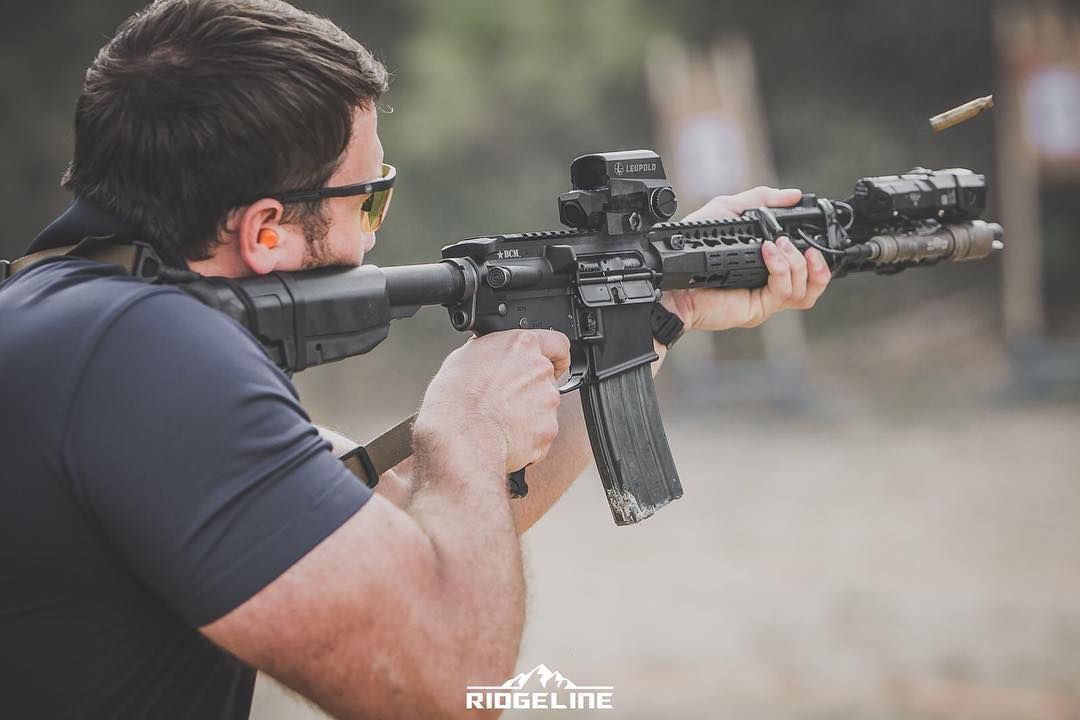
We recently reached out to Alex Hartmann at Ridgeline to talk about the basics of the SPR or Special Purpose Rifle…however we also wanted him to help us create a “hard-use AR-15 buyer’s guide.” Let’s say you’re building or buying a reliable carbine to attend multiple day training courses, or a rifle you might need to bet your life on in a home defense situation. What basic factors should you consider on that rifle?
Q: As we begin, can you share what your first experiences were with the AR?
Alex Hartmann, Ridgeline: I didn’t grow up in a gun-friendly family or a gun-friendly area. My first exposure to the AR was when I turned 21, right around the time the sunset happened on the Clinton assault weapons ban. I had always wanted an AR…I was always drawn to it, so I purchased one. It was nothing special, but I really didn’t know anything at the time.
When I enlisted in the Marine Corps, my first formal training was at MCRD Parris Island…I expected I would get this crash course in short-range marksmanship, CQC (close quarters combat) and gunfighting…and what I got was just like every Marine received. That is the KD (known distance) qual shooting Table 1 out to 500 yards with iron sights on an M16A2.
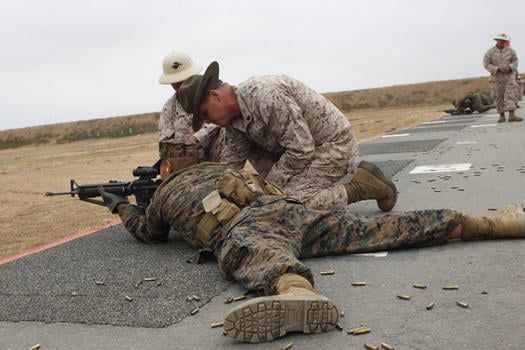
At first, I was taken aback. I didn’t understand…My thought was “this isn’t exactly gunfighting, what are we doing?” But now, I’m super thankful that it was my entry-level training as it gave me such a good foundation to grow from…
As time went on and I progressed, I became a training junkie. I was a single Marine and I would spend my money traveling to different courses. That really helped build my understanding of short-range marksmanship, CQC…and as I progressed in the Marine Corps, I also took courses there, which were a finishing school for me, so to speak.
Q: In our previous article, we spoke a lot about the long-range focused training that Ridgeline offers. But you also offer carbine training…can you talk about that?
Alex Hartmann, Ridgeline: Ridgeline offers everything from a one-day intro where we go over “this is how you use it, this is how you clean it, here is a basic overview of the parts of the AR”…all the way to very high level training. We break it down where we have a basic one or two-day course that focuses heavy on the fundamentals, heavy on weapons manipulation, being safe.
Importance of Becoming Fluid with the Gun
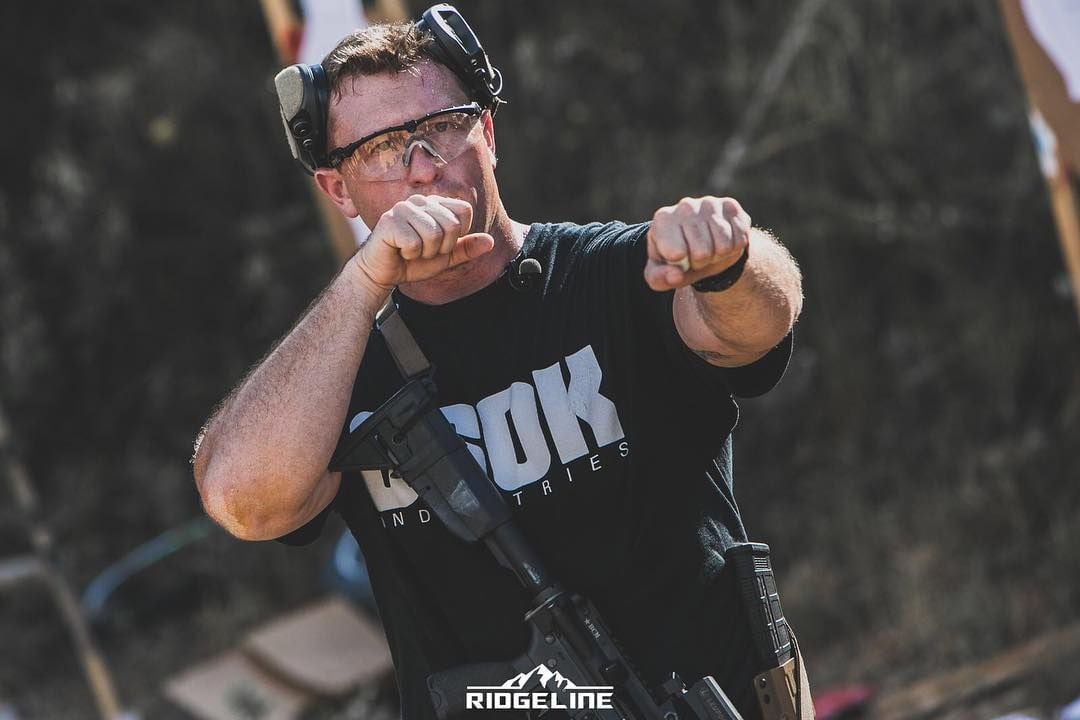
Just becoming fluid with the gun is super important…getting your hand on the weapon every day, just to make it more of an extension of you. That way, it’s not even a conscious thought when you are presenting a weapon, that it’s coming off safe…the timing is there because you drilled it over and over and made it habitual.
Focus on Short-Range Marksmanship
From there, Ridgeline offers a Level 2 course that focuses heavily on what we call CQC (close quarters combat) prep, or short-range marksmanship. That’s typically 100 yards and in. In this course we focus heavily on speed and movement.
You’re also beginning to learn to track the sights through multiple target engagements or multiple shot strings on target or on multiple targets. Again, all of this geared towards combative use of the carbine.
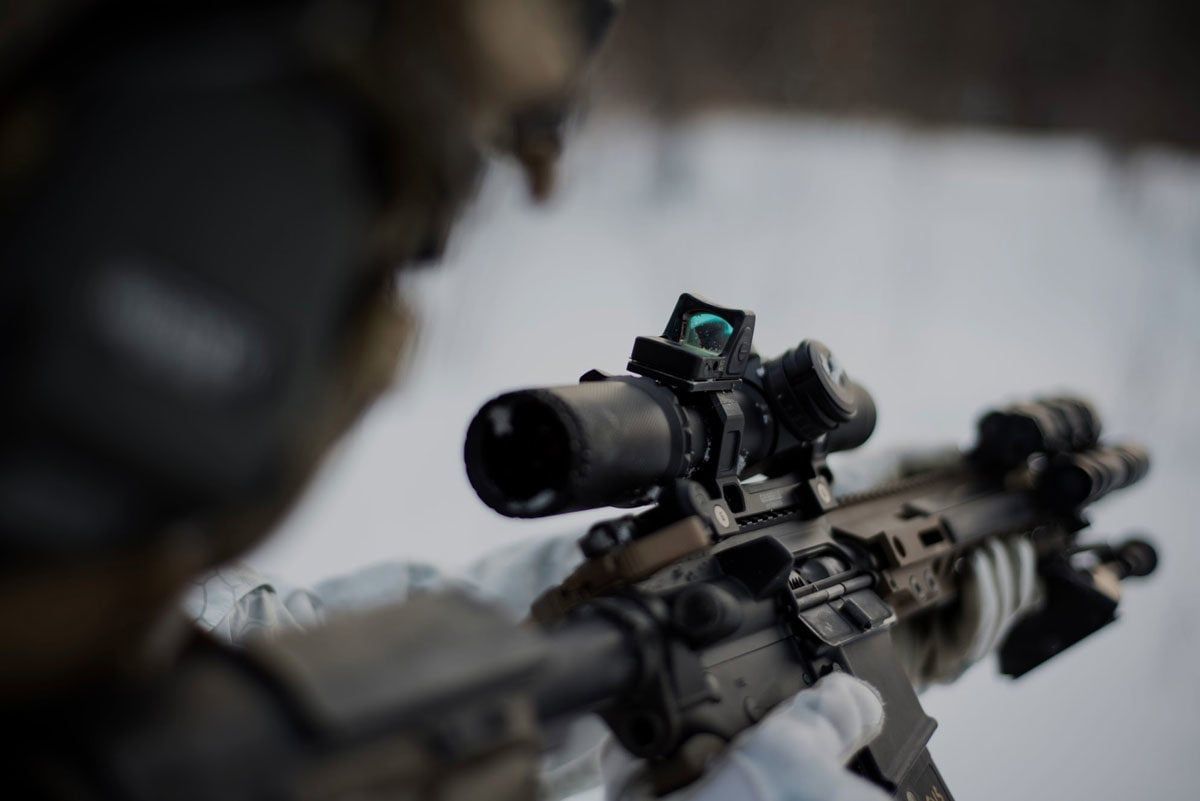
Our Level 3 course is more intermediate distance…more like a rifleman class. Not quite where you get into the SPR at 300-600, but you’re also not sitting there plinking at 50 yards. Instead, you’re actually using these weapons systems for what they are capable of, going from seven yards to 300 yards in that true rifleman role.
The Ridgeline Training Difference
Due to the background of many of our instructors, we are fortunate that at Ridgeline we can inject some of the latest training methodology into our curriculum. We take a lot of pride in our courses, and we view our students as our product. So, at every course, every day we get after it to make sure that we’re growing as instructors. We’re growing our curriculum and we’re committed to creating the best experience for our students that we possibly can.
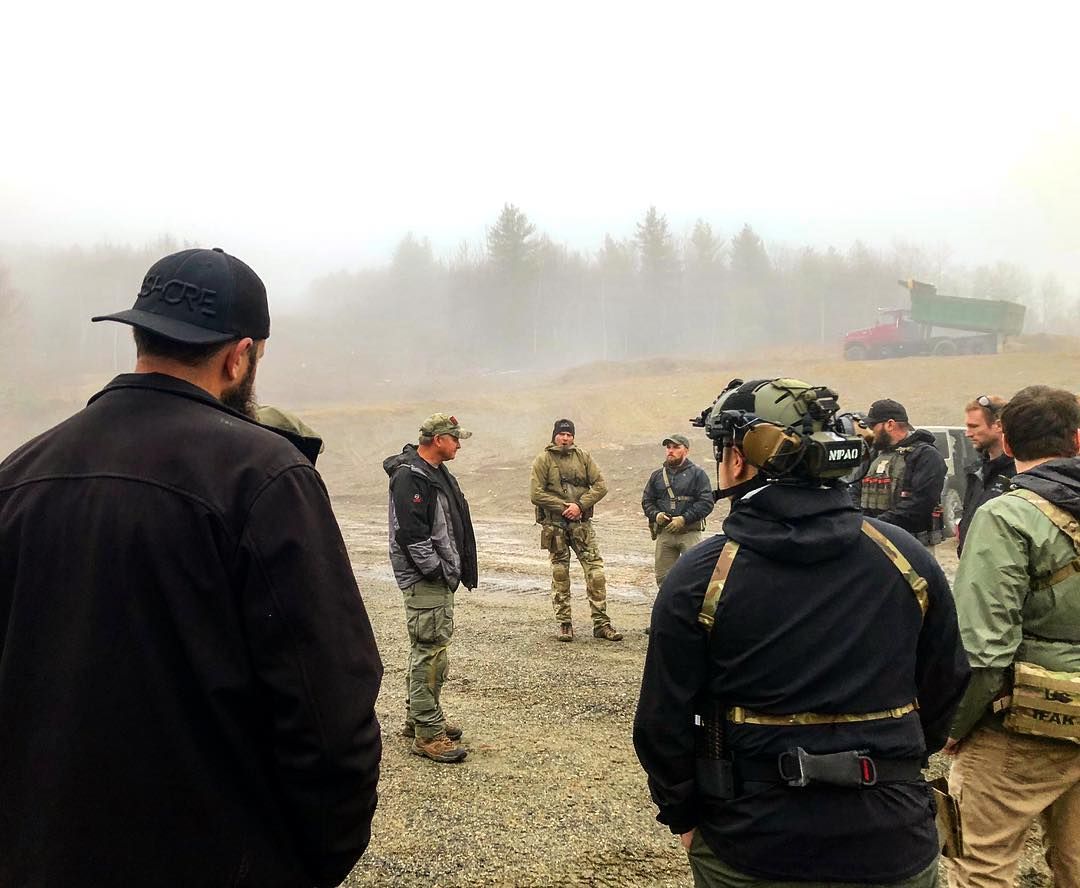
Q: I’d like to approach these next questions as if we are putting together sort of a “Hard-Use AR-15 Buyer’s Guide.” As such, in your experience, on that type of rifle…what would be your advice?
Alex Hartmann, Ridgeline: You have to identify what you are trying to do with your build. There are many people that buy ARs simply because they look “cool.” Or, they choose to build a range toy that they put something like a binary trigger on…
Q: I’ve seen more than a handful of new builders put gimmicks like that on their guns thinking it has given them some sort of advantage vs. being a novelty.
Alex Hartmann, Ridgeline: Certainly to any serious, legitimate practitioner or fighter, things like a binary trigger are gimmicks. Even a full-auto M4…well, that’s a very, very limited application. There’s not a lot of guys, even in uniform, that carry it every day that ever find the need to put it on full-auto. When they are trying to get their hits, they need to make sure those bullets go where they are intended to.
Hard-Use AR-15 Buyer’s Guide – Gimmicks Stay on the Range Toy
So stuff like that, I tend to find fairly gimmicky, but to each their own. If it’s not a weapon for a professional end-user, if it’s not a weapon you need to bet your life on and it’s just a range toy, then that’s fine…it is what it is. But just know what it isn’t.
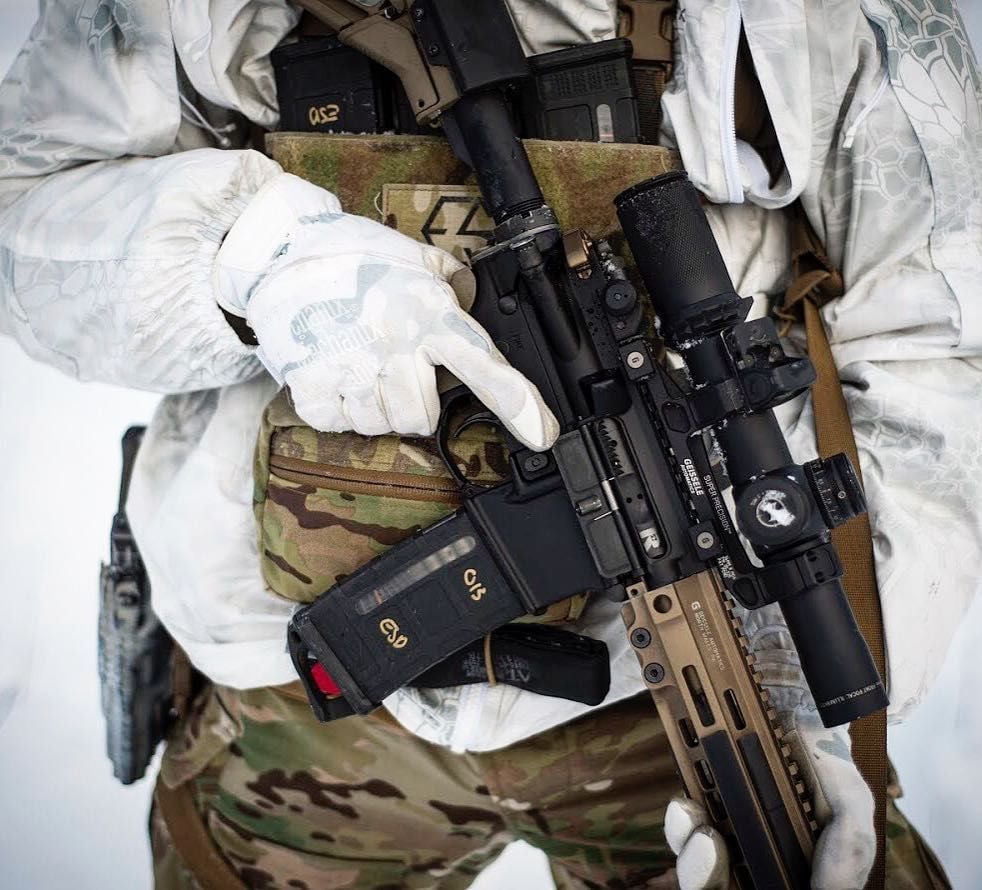
Q: So, if someone wants to build something more than a range toy…where would you steer them to look?
Alex Hartmann, Ridgeline: When it comes to building a rifle for hard use, whether it’s a professional end-user or a training junkie, or someone wanting to build a rifle for home defense, that’s the point where I start to look at the things that I believe are super critical.
Right off the bat if we’re talking about a hard-use AR-15 buyer’s guide…I’d tell your readers that everything needs to be mil-spec or better. I buy a lot of things that are better than mil-spec, but it is at least a known quantity. This is especially so if you buy from a reputable manufacturer.
Hard-Use AR-15 Buyer’s Guide – Realistic Cost Expectations
Related to that, I will say if you think that you are getting a complete gun with a good reputation at a $650 price point, you’re probably wrong. To build the kind of gun I am talking about, the parts are going to put you in that $1,200-$1,500 price range, minimum.
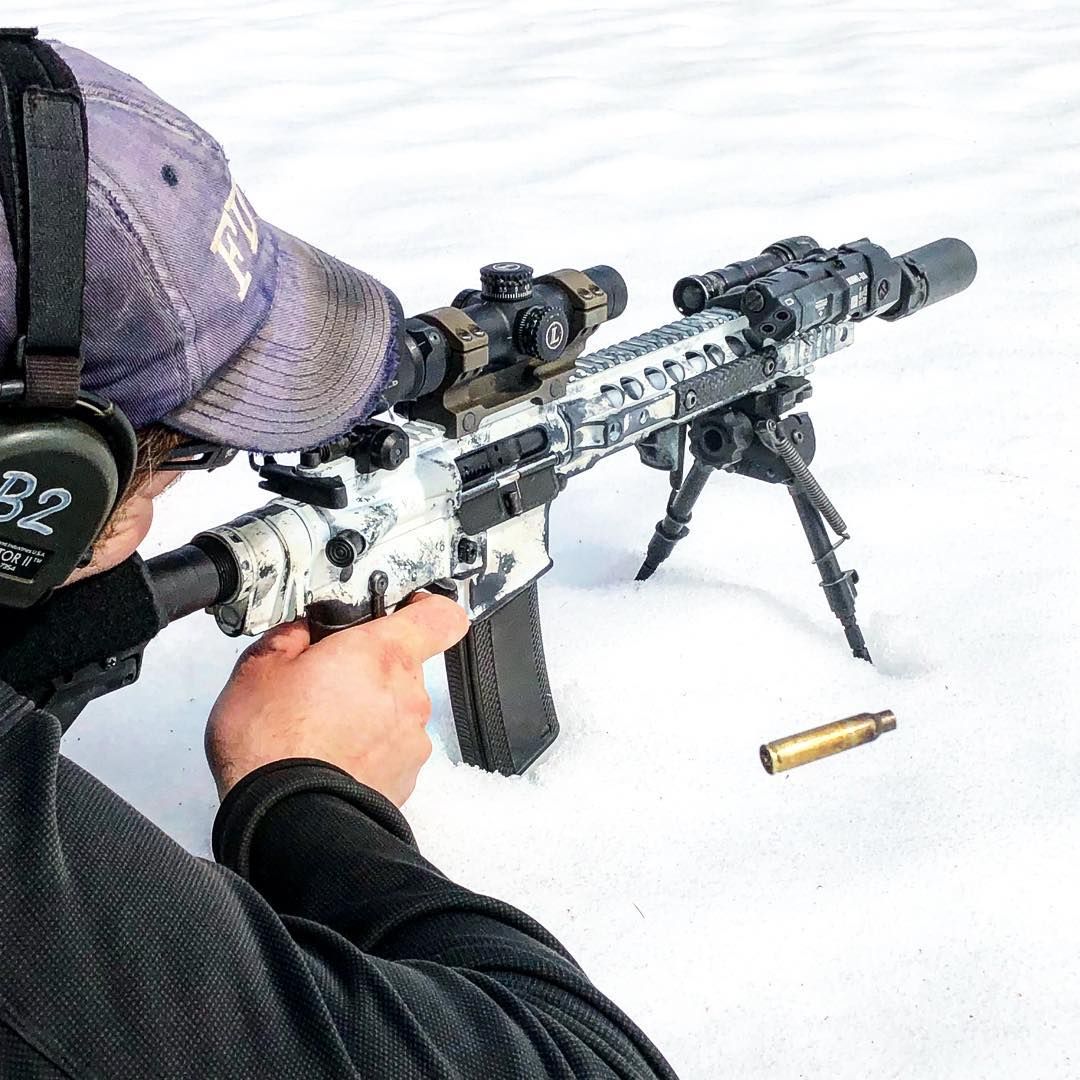
Q: For my builds, the barrel comes first…Is the barrel the first thing you look at?
Alex Hartmann, Ridgeline: I certainly obsess over good barrels and it’s good to have an understanding of the difference in types of barrels, whether it’s a hammer-forged barrel or a button-cut chrome lined barrel or a match stainless cut rifle barrel. Knowing the difference and what they are going to give you performance-wise is important.
Q: What type of barrel do you prefer?
Alex Hartmann, Ridgeline: It depends on what you do. For a hard-use AR…a high volume, high round count, high heat gun…I believe cold hammer forged is the way to go. There are certainly some very good button-cut chrome lined barrels, but the hammer-forging process just builds a barrel that can take heat better, and has a little bit more longevity from what I’ve seen.
Other barrels…like the match barrels, if you start to feed them a lot of heat, you’ll see barrel life starts to go south in a hurry. The metal is not meant to take it. You’re going to get throat erosion, gas port erosion. You just start to see those barrels tank as far as lifespan.
Hard-Use AR-15 Buyer’s Guide – Cold Hammer Forged Accuracy
The cold-hammer forged process is not as big here in America as on the manufacturer side, it’s a higher barrier to entry. Those machines cost a lot more to purchase. They are fairly prevalent in Europe…and with them you see that increased longevity, and you also see a lot of gun manufacturers there that are able to get really good accuracy out of them. I say that because some people think that they are not accurate, but the M24 sniper rifle that the Army had forever…that was a cold-hammer forged barrel.
What bolt would you select?
Alex Hartmann, Ridgeline: For a bolt, I would stick with mil-spec or better. There’s no reason to go below Carpenter 158 steel in my opinion. You’re looking for tool steel strength. There’s a lot of pressure going on inside these guns….50-60,000 PSI, depending on the load.
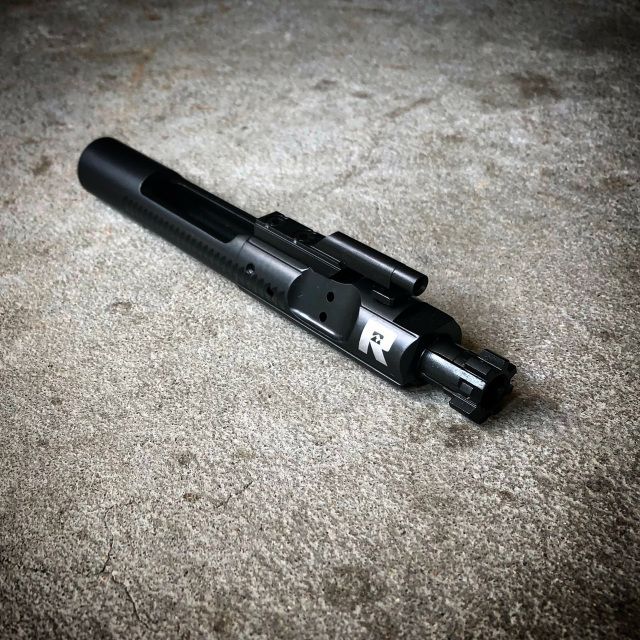
For me, wanting to build a hard-use gun, I’m looking for maximum strength, maximum durability. Anything is fine if you want it to run for a little bit, but I’d rather build something for the long-haul that I know I can beat on.
Maybe it’s overkill, but I shoot countless thousands of rounds a year and I’ve done so for more than a decade. And with that high round count and firing schedule on my own guns, I never seem to have the problems that people with less-expensive or hobby-grade guns seem to encounter all the time. I know that’s an anecdotal sample size of one, but that’s why I like what I like.
Are there other components to pay attention to as we put together a hard-use AR-15 buyer’s guide?
Alex Hartmann, Ridgeline: It’s 2019…you should have a free-floated forend. There’s just no reason not to. The benefits far outweigh any con. I can’t even think of a con other than perhaps cost.
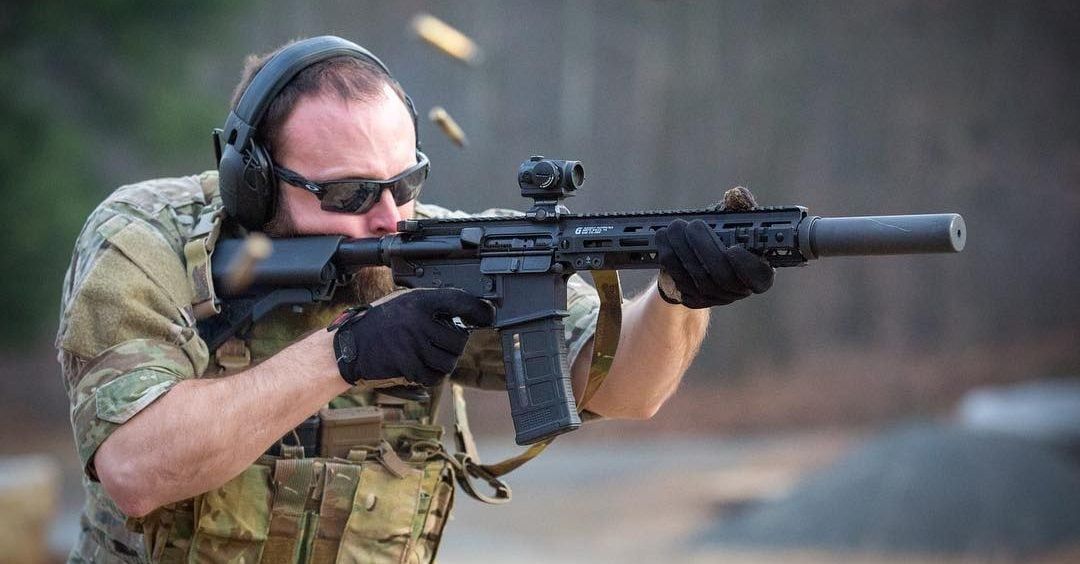
But I think if you’re really building a gun for this use then you need to start assessing what it’s worth to you. If you’re worried about cost, I mean there’s no way these things can get that expensive. I don’t think you can make an AR for this category that costs more than…what’s a Knight’s cost? $2,500? A Hodge is around $2850.
Hard-Use AR-15 Buyer’s Guide – What is Life-Saving Equipment Worth to You?
Buy a Hodge for $2,850….that’s one of the most expensive AR that you’ll find, well the reality is for a piece of life-saving equipment, that’s really not that much. It’s a one-time cost and you’re going to have that thing for a long, long time. To me, it’s putting your money where your mouth is and making sure you are buying good quality stuff up-front.
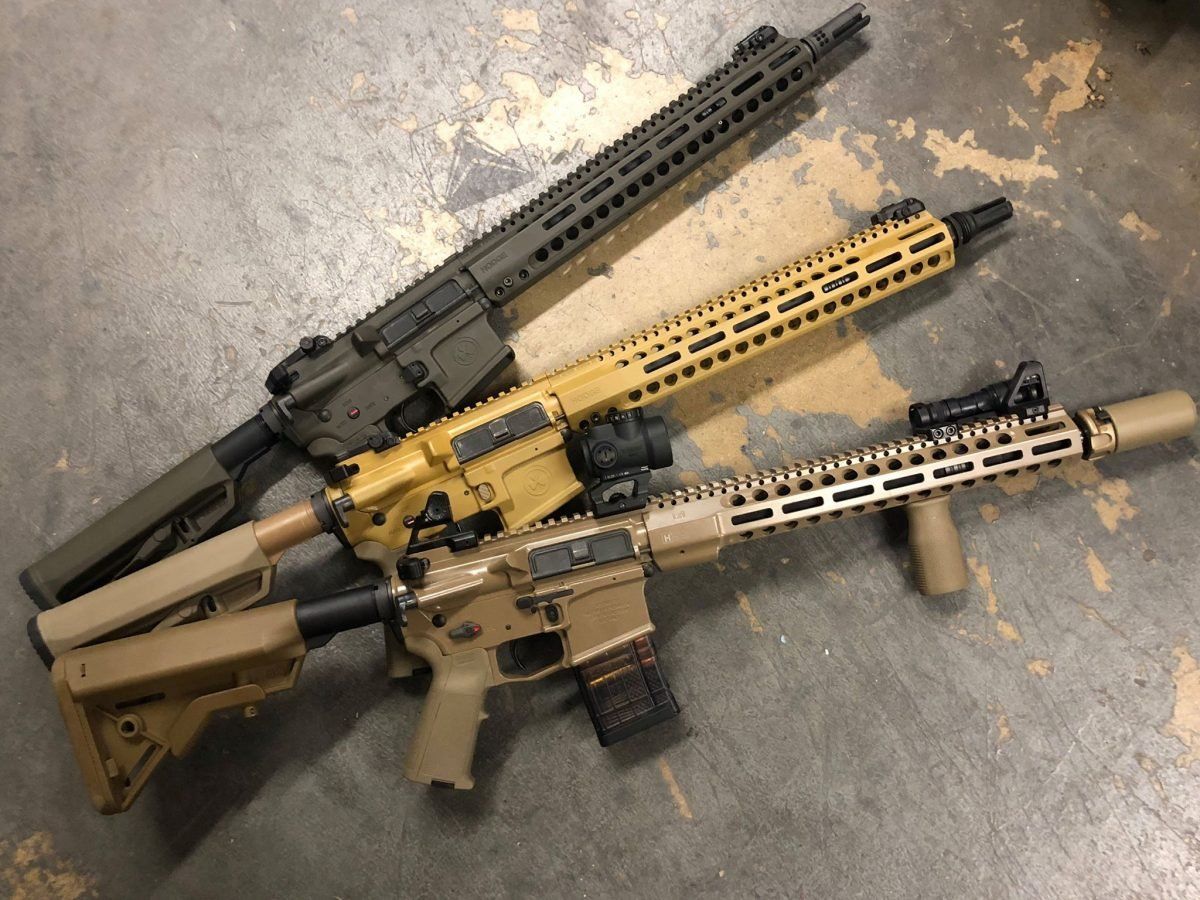
Hard-Use AR-15 Buyer’s Guide – Triggers and Gas System Considerations
Triggers are going to be a personal decision. Single-stage or two-stage just make sure you are going with a good, reputable manufacturer. Even if it’s from a stock AR-15 lower parts kit, if it’s coming from a good company, even though it might not be a super-nice match trigger but it might absolutely do what you need it to do.
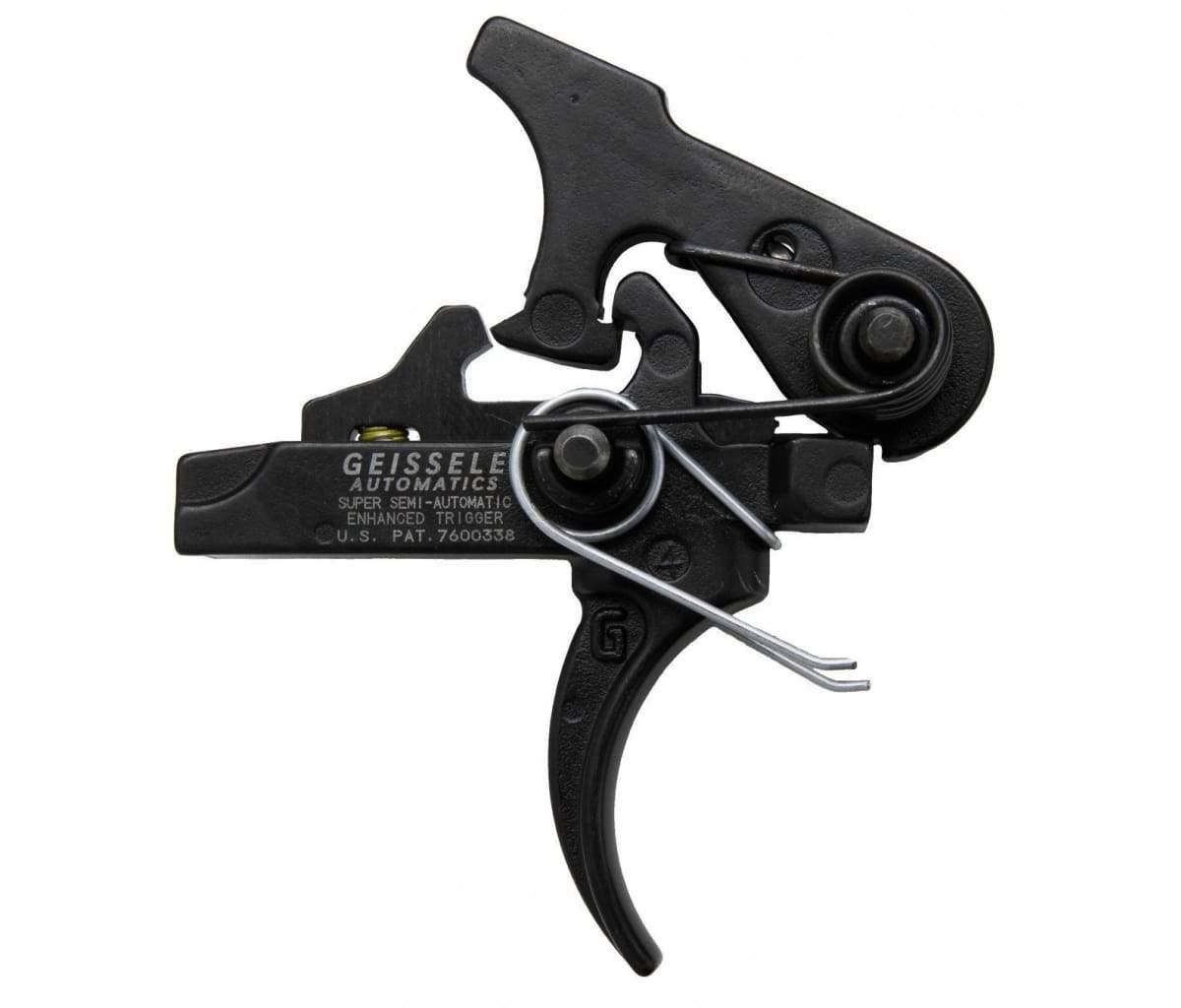
As far as gas…I would make sure the gun is gassed right, Again, from a reputable manufacturer that should not be a problem. It should be pretty turn-key for you as an end-user, but if you’re building one, make sure you are picking the appropriate weight buffer for what barrel you’re running, if you’re running it suppressed or not, etc.
Q: Can you talk briefly about slings? Are they a requirement?
Alex Hartmann, Ridgeline: For a serious end-user, personally I think a two-point sling is the only way to go. Three-point slings have all been burned in the incinerator by now, or if not, they should be. Some guys are still proponents of single-point slings. They say you can run them high and tight to the body and it’s no big deal, but to me a sling does more than just carry the gun for transition or to go hands-on.
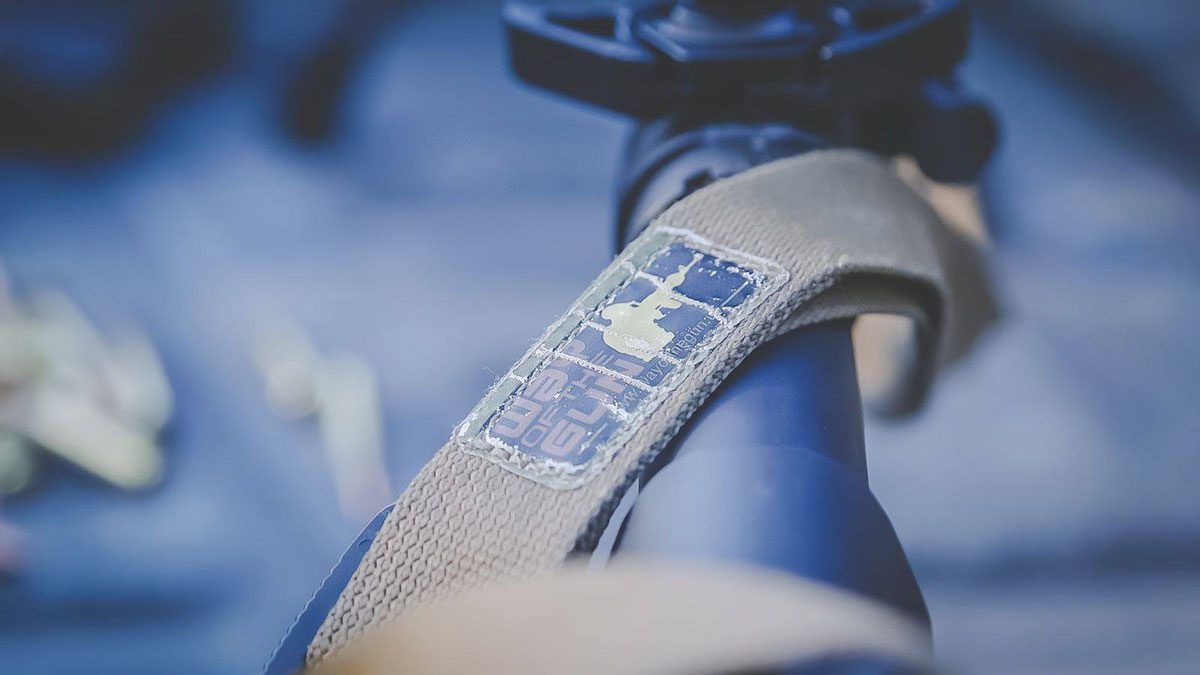
I like the two-point sling because I can move the rifle to my back, sling it tight to my body…I can climb over fences, walls, ladders and be able to go hands-on if required. Also, I like to use the two-point sling as a shooting aid to increase stability from certain positions. Frankly, I think that guys that are not using a two-point sling are doing themselves a disservice by not looking at that gunfight that is outside of 25 yards.
Q: What’s your feeling on optics? I know a lot of folks are leaning towards the LPVO lately…
Alex Hartmann, Ridgeline: When it comes to optics, I am a huge believer in the LPVO for these types of guns. These guns are extraordinarily capable…they are not 25-yard guns. They are 300-500 yard guns if you have a decent gun and decent ammo…Even just your standard green-tip we’ve had some pretty good performance out of.
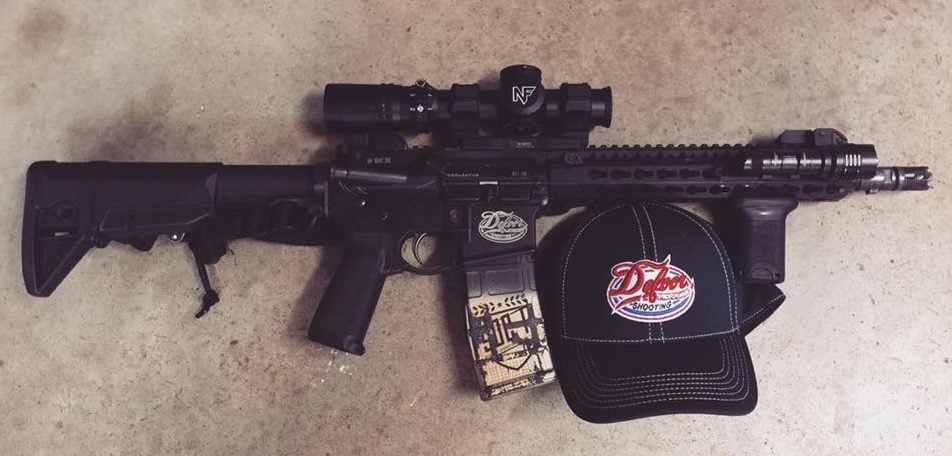
Now if you are buying a gun today, it might not be where I’d go first, just because there are not a lot of good, inexpensive options out there for an LPVO. If it came down to it, I’d spend my money at first making sure that I had a good gun that I knew was going to run.
I’d then get a good sling, a good light if it is going to be a defensive carbine at all, some good mags and then a few good training courses with iron sights or red dot…and then move into the LPVO. I mean, if you have the money and want to jump right into a good LPVO, then by all means go for it. I’m just thinking that most people tend to dip their toe in before they jump in all the way.
(Editor’s Note: look for a feature article with Alex where we go more in-depth on the LPVO coming soon.)
So, if going to buy instead of build…and I’m shopping today for a factory-build rifle, what would you steer me towards?
Alex Hartmann, Ridgeline: Well, for an off-the-shelf solution, I’m a big fan of the Knight’s Armament SR-15 lineup. They have great barrels and that’s what I look at first and foremost. They’ve got a very good barrel life and service life on that gun, which is what I want in a hard-use carbine.
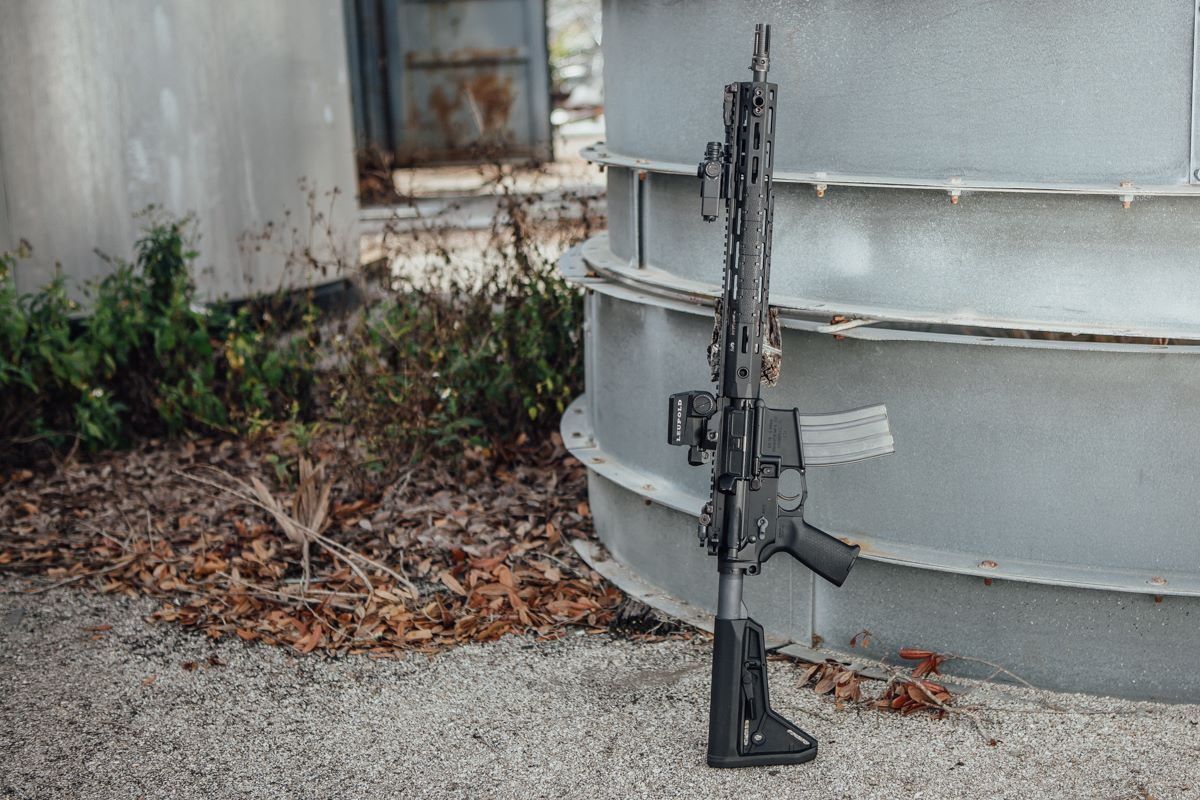
I think some of the stuff from FN is good. I think they make some of the best-hammer forged barrels in the game. They’re the ones that make it for Hodge.
Hard-Use AR-15 Buyer’s Guide – Price Points and Personal Taste
In the end, it’s determined by price point and then your personal taste. If you look around the industry, you’ve got BCM, Sons of Liberty, Daniel Defense, Noveske, FN, Knight’s, Hodge. It just depends on what price bracket you’re in. I break it down from $1,200 to $1500, $1,500 to $2,000 and then $2,000 plus. You look at where you’re at, what’s important to you, and then consider what accessories come with it.
Do you prefer a Knight’s URX 4 to a BCM KMR rail? Do you prefer a Hodge Wedge Lock or one of the many clones of it that are out there now? In the end, it’s about price point, what’s important to you and what accessories come with the gun that you like or need.
###
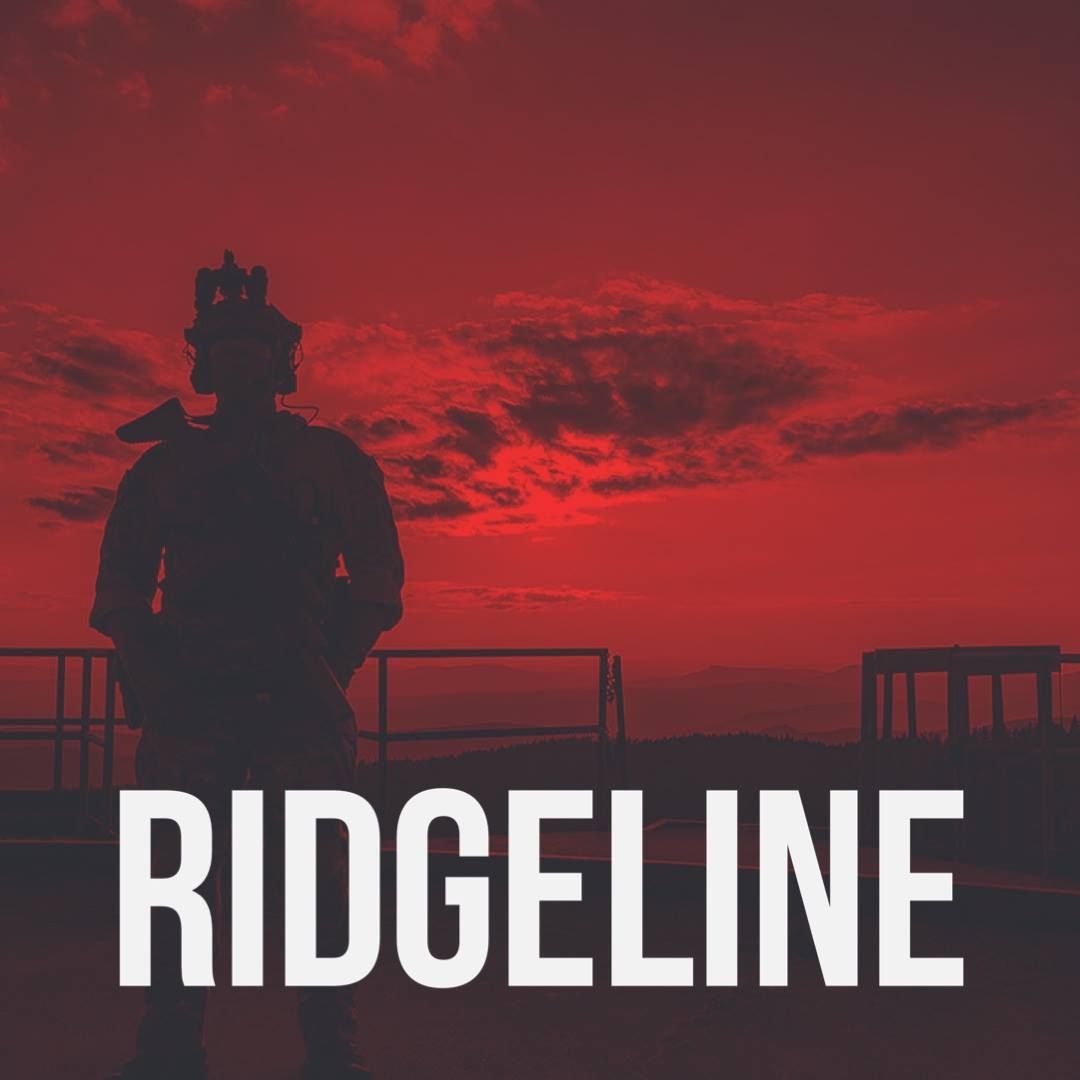
1 - 1Share
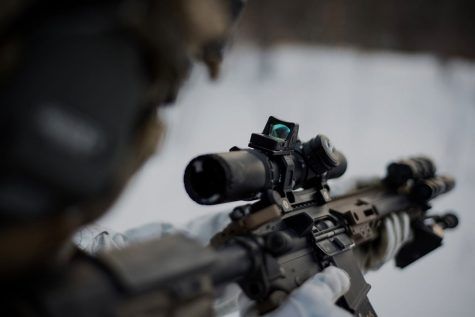
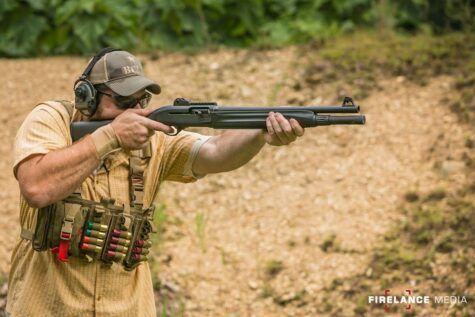

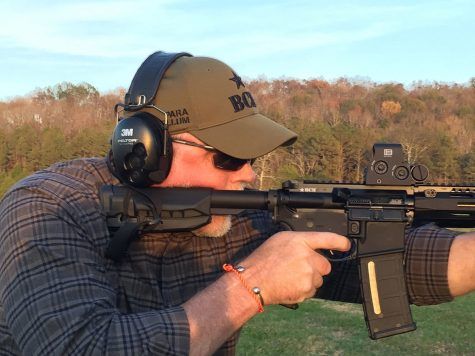

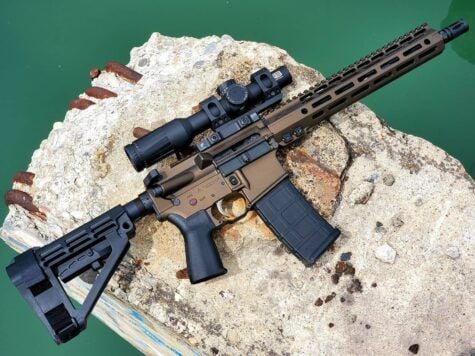
[…] a substitute for real-world interactive training. We also discuss Aaron’s definition of a “hard-use AR,” and what inspired his highly sought after Sage Edition Sons of Liberty Gun Works […]
[…] Competitive Shooting with Sun and Shadow Special Purpose Rifle (SPR) Basics with Ridgeline Hard-Use AR-15 Buyer’s Guide with Ridgeline […]